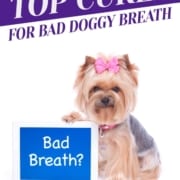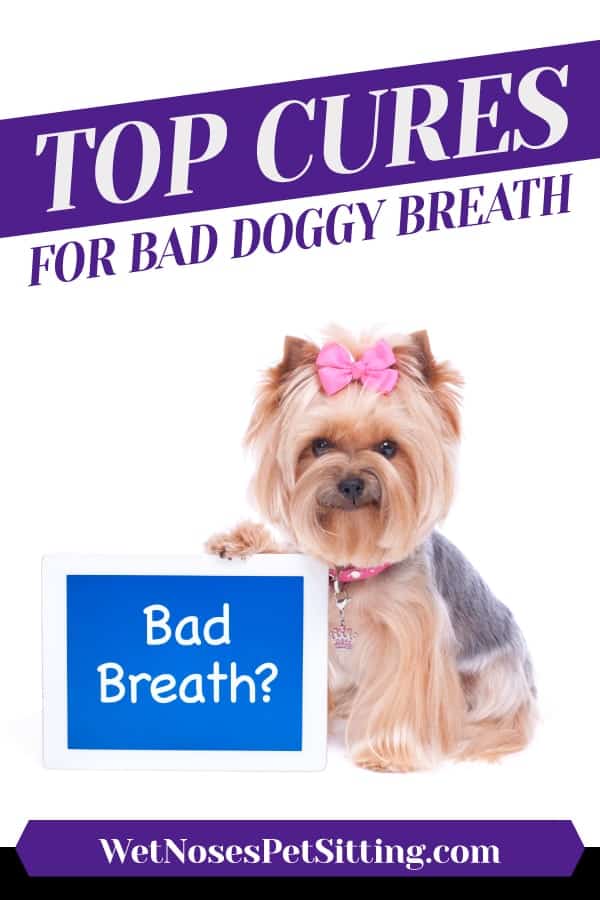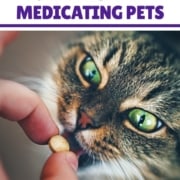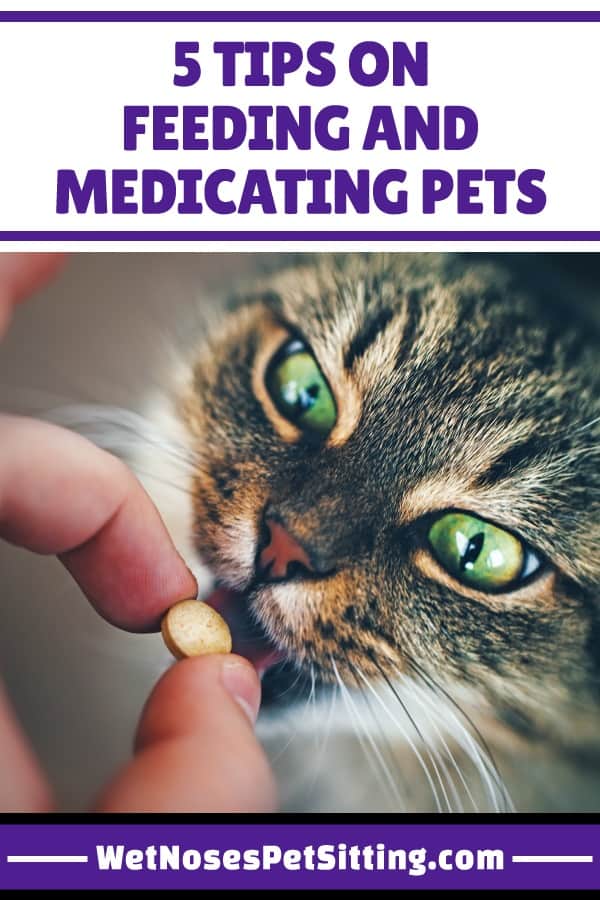Top Cures for Bad Doggy Breath
Canine bad breath is a frustrating problem for many owners. While frequent brushing and a veterinary dental cleaning may solve the problem, these are not good for your dog’s smelly breath today. Here is a list of my 3 favorite ways to quickly cure doggy bad breath.
Doggy Breath Freshening treats
Theses treats are sure to become a favorite among dogs and their owners. They are no bake, and coconut oil based. Coconut oil is a nutritious oil that is good for dogs hair, coat, nails and possibly immune system. The add ins for this treat make it even more nutritious and breath freshening.
Ingredients
- 1 cup coconut oil
- 2 tablespoons of diced fresh mint or parsley (or both)
- 1 teaspoon of fish oil (Optional)
Directions
Start by melting the coconut oil in a saucepan or microwave. Once all the oil is melted, transfer it to a large bowl and add in the mint, parsley or both. Mix to evenly combine. For a flavor and health boost add a teaspoon of fish oil and mix to combine. Using a ladle, fill an ice cube tray with the coconut oil mixture. Place filled ice tray in freezer.
These treats can be fed frozen or allowed to melt a bit for a softer temperature. Feed 1 per day for small dogs and 1-2 per day for larger dogs.
Dental Chews
My dogs is very picky and does not find greenies treats very alluring so we found another breath freshening chew that is sure to please the most picky dogs. We love the Natural Balance brand dental chews. They come in a few flavors including sweet potato and duck, and chicken and papaya (yum) and are all natural ingredients. These chews do not last long (my dog goes through them in around 10 minutes) but there is a noticeable difference in his breath.
Raw Bones
A large portion of canine bad breath is due to plaques of bacteria on the dog’s teeth. Raw bones are a great way to clean the teeth of these plaques and therefore freshen breath. I most often feed portions of beef or bison femur or bison ribs. These very effectively clean my dog’s teeth and keep him occupied for a long time. Raw bones are available at most higher end pet stores, or at a grocery store or butcher. Be sure to pick a bone large enough that your dog cannot swallow it whole and always supervise your dog eating the bone.
While doggy bad breath can ruin doggy kisses, these are 3 ways to help improve your dog’s breath. Bad breath can be a sign of a more serious health issue, so always check with a veterinarian if your dog has recurrent bad breath.






